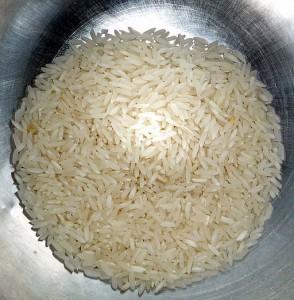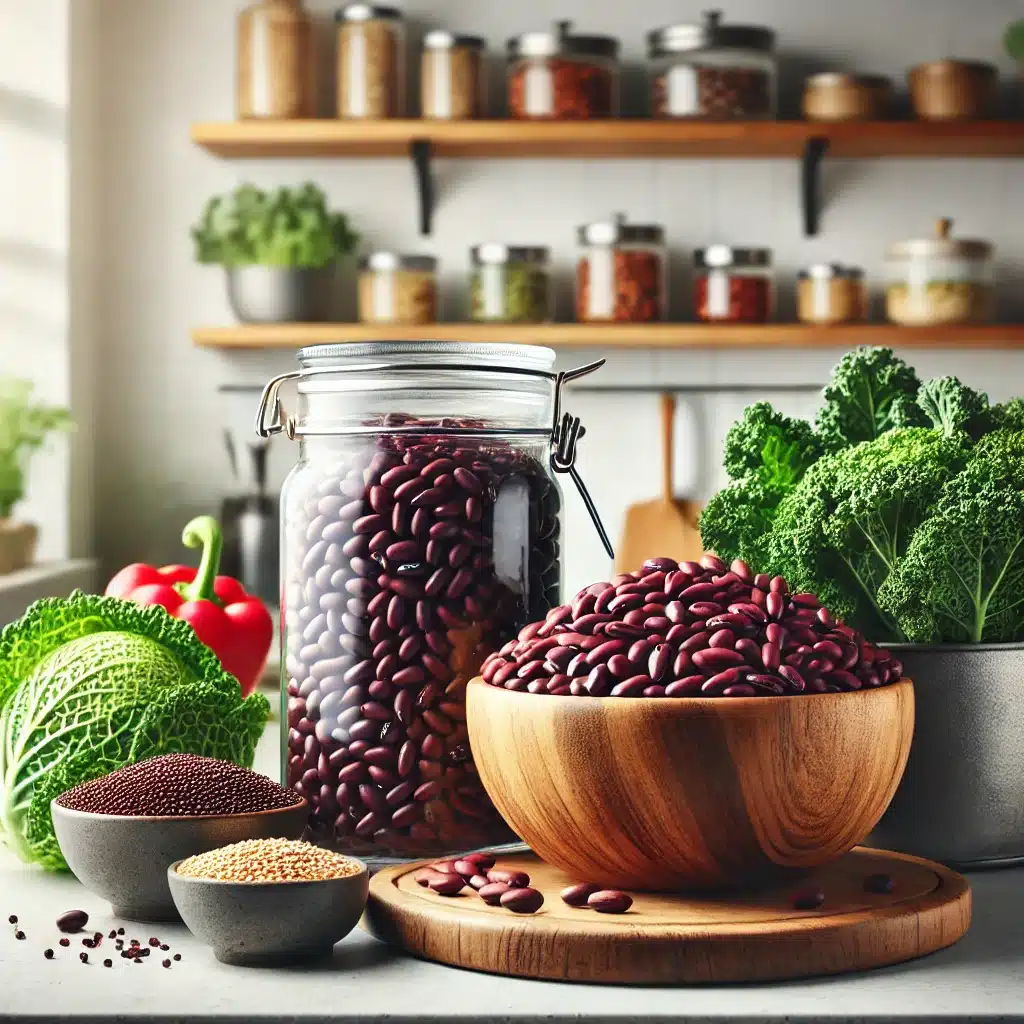 Storing grains is very easy, and many people stocking for emergency rations find that grains, pasta, and beans are the easiest to buy and keep for long periods of time. Almost all pasta, grains, and beans are bought from the store, so very little preparation is needed to build up a supply. Keeping your grains, pasta, and beans preserved is really the hardest task, though really it’s quite simple compared to storing, drying, and canning fruits, vegetables, and meats. However, there are still precautions you have to take in order to make your supply last as long as possible.
Storing grains is very easy, and many people stocking for emergency rations find that grains, pasta, and beans are the easiest to buy and keep for long periods of time. Almost all pasta, grains, and beans are bought from the store, so very little preparation is needed to build up a supply. Keeping your grains, pasta, and beans preserved is really the hardest task, though really it’s quite simple compared to storing, drying, and canning fruits, vegetables, and meats. However, there are still precautions you have to take in order to make your supply last as long as possible.
Oats
Oats can be bought and stored in a variety of ways. Rolled oats are the easiest to store for long periods of time. Rolled oats are made by steaming oat grouts and then flattening them. This process makes them last much longer, and they are later able to cook at a much faster rate. Like rolled oats, instant oats are also able to cook fast and can be stored for longer amounts of time. Both rolled and instant oats can last for years if they are stored in a tightly sealed dark container. The trick to keeping oats fresh is dark spaces. If you have a root cellar where you store canned fruits and vegetables, this is also the best place to store all different types of grains, pasta, and beans.
Steel cut oats and oat grouts will not keep as long as rolled or instant oats. They actually keep best in the freezer or in the fridge, but if you need to, they will last several months in a dark, tightly sealed container that is stored in a cool area. You are also able to get oat flour, which will last for a long time in a dark place. Oat flour is often used for flavoring and is generally used to thicken soups or stews. It can also be used in baking to give crumbles and pies a nice nutty flavor.
When you store oats, make sure that they are sealed in plastic bags or vacuum sealed. Often large amounts of oats will come in burlap bags, but this is one food product where it’s not ideal to store in the original package. In the right packaging material, oats can last for several years if they remain unopened.
Rice
Rice is very easy to store (much easier than oats), and the storing process for most rice is the same regardless of the type of rice being stored. Most of your rice will be purchased from some grocery or wholesale store, but like oats, it is important that you repackage your rice in order to make it last as long as you can. Mylar bags are the best thing to store rice in. You can keep the Mylar bags in the open, or you can put them in five-gallon buckets. This often makes them easier to stack and carry if you need to. Also, as Mylar bags can be a bit delicate, the added protection from the buckets can be beneficial as well.
Survive the coming food shortage with these Food Storage Secrets!
When you buy the rice, divide it up into however many Mylar bags you have and then put O2 absorbers in with the rice. Before O2 absorbers, people often froze the rice first, pumped in nitrogen from the bottom of the bucket they were storing the rice in, and then they vacuum-sealed the bags of rice. Today, O2 absorbers have replaced nitrogen, and there are also fairly effective methods for vacuum sealing the Mylar bags shut. To seal the Mylar bags, you simply need to iron them shut with a regular home iron. Flatten out the top of the bag and lay it over a piece of metal. You can use a metal level or a metal measuring stick. Make sure to keep the last few inches unsealed so that you can squeeze out the last of the air in the bag of rice, then proceed to iron shut the last few inches. If you’re storing the rice in a five gallon bucket as well, make sure the lid is tightly sealed to ensure that the rice has the maximum shelf life, and then label the bucket. This is also a good way of storing flour, but in addition to using O2 absorbers, you want to freeze the flour to get rid of any pests or insects that could live in it. Wheat flour generally goes bad before bleached white flour, but if you use the Mylar bag and five-gallon bucket method, they should be about equal for the amount of time they are able to be stored, which can extend up to twenty-five years!
Instead of storing flour, it’s also possible to store wheat and then stock up on the tools you need to grind your own flour. Flour has the chance of spoiling way more easily than stored grains because it can become wet and absorb moisture better than whole unground grains. Wheat can be stored using the Mylar bag method just the same as rice, and you don’t need to freeze it like you would have to do with pre-ground flour. Unground wheat will keep longer than flour, and you can always make the flour as you need it.
Pasta
Pasta technically is made from grain, but isn’t a grain itself. Nevertheless, it is still a good product to store in your emergency supplies since it provides necessary carbohydrates to your diet. Storing pasta is even easier than storing oats and rice. Along with your pasta, consider storing beans as well. The Mylar bag and five-gallon bucket method works the same for beans as it does for rice, but pasta can be stored in the package it comes in for up to two years. To keep pasta even fresher, you can use the Mylar bag method. This will keep pasta fresh for well over five years. Noodle pasta is best kept in its original packaging though, because it’s brittle and can break easily if it’s moved around too much. Pasta doesn’t get infested by pests like rice and flour do, so storing them in a Mylar bag and freezing them beforehand isn’t necessary, but it is a good idea just to be safe. Dried pasta has already gone through preserving methods and will probably hold up better than anything else in your emergency food storage.
Grains, pasta, and beans are probably the easiest thing to store in your emergency rations. This is because they are usually bought at the store, and the only thing you need to do to prepare them is to repackage them so that they last as long as possible. Grains, pasta, and rice are not necessarily crucial to your diet, but the good thing about them is that if you needed to, they could sustain you for a long time without other sustenance. It’s hard to live off of a diet of pure meat or pure vegetables, but it is possible to live off of a diet of grains, pasta, and rice if it was necessary for survival. They also keep the longest (besides canned food) and are very cheap to buy and store. Twenty gallons of beans or rice won’t cost you more than forty or fifty dollars, and at some stores, it will cost you much less. While meat, vegetables, and dairy are an important part of a well-balanced diet, gains, pasta, and rice will last the longer and could potentially be the most important part of your survival food store.
©2012 Off the Grid News











